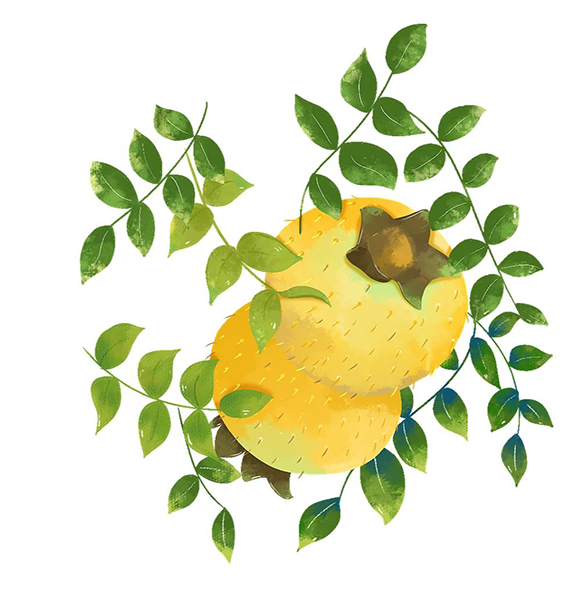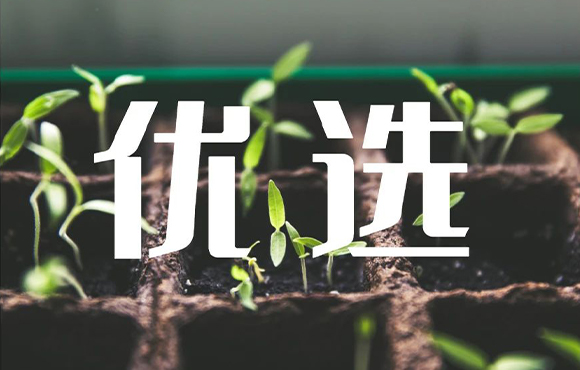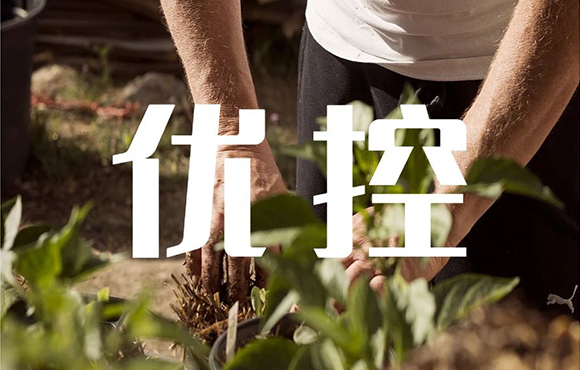If you have been to the boundless green sea of Okinawa, the beautiful Miami, the romantic poetry of Hawaii,... Then you must not want to be in the same 26° north latitude, and the beautiful scenery of China's Guizhou

The New York Times: The travel Mecca of a lifetime United Nations World Report: The world's top 10 travel destinations Lonely Planet: One of the most worthwhile regions in China.


the Golden climate ecosystem at 26° North latitude
Colorful Guizhou, magical mountains and rivers, an average altitude of 1100m, rainy summer, lush green plants, an average rainfall of 1100㎜, an average temperature of 20℃, the four seasons like spring, envy the eastern cities, unique geographical location breeds rich natural resources, and prickly pear is one of the precious wild resources. Roxburgh pear is widely grown in warm zone and subtropical area, and Guizhou, which has humid climate, abundant rainfall, no cold winter and no hot summer, eventually becomes the best growing place of Roxburgh pear.

Oriental classic · Deciduous small shrub
Prickly pear, Oriental classic deciduous small shrub, belongs to the rose family. The fruit is small, oblate, two to four centimeters across. The fruit is yellow, sometimes reddish, with crisp flesh, and fragrant when ripe.
It has certain requirements for the growth environment:
temperature: Prickly pear has low requirements for temperature, but 14~16℃ is the most suitable, and the minimum can withstand -40℃ low temperature. Water: Roxburgh pear is wet and waterlogging tolerant, but drought tolerance is very weak. Areas with annual rainfall of more than 1100㎜ ensure the water demand of Roxburgh pear. Air: The growth of Roxburgh pear requires a certain amount of air humidity, with 60% relative humidity as the best. Soil: Prickly pear prefers rich, soft, nutrient-rich sandy loam or pH between 5 and 7 is best.
Such beautiful scenery, far away from noise and pollution, not only makes the fruit full, bright color and rich nutrition, but also makes it a precious wild resource unique to the Guizhou Plateau.
Growth cycle of prickly pear:
Each sapling needs to go through 3-4 years of natural growth before it can enter the full fruit period. Each plant goes through several stages of germination, growth, fruiting, and death.
Cooperative base
By establishing the corresponding map, the growth and composition of each stage were effectively controlled. This not only ensures the traceability of the raw material production quality, but also ensures the natural and vitality of the extract.


Preferred supplier, the source can be traced
In order to find high-quality suppliers, we carry out a variety of forms of selection research, literature review, visit experts, field visits, etc., to fully investigate the growth environment and raw material quality of prickly pear. Based on the eight factors affecting raw materials, each part of prickly pear was tested and a standard comparison database was established to provide scientific support for raw material selection. We have established a cooperative farmer certification system to ensure that the whole process can be traced from “sowing” to “harvesting”.


Optimize the supply system to retain high activity
In order to retain the fresh flavor of Roxburgh pear, we juice the fresh Roxburgh pear directly and freeze the concentrated juice for further storage and processing.


Fruit quality control was established by multiple maps
In order to grasp the quality of RoxanthusRoxanthus, we established the quality control spectrum, UV fingerprint, infrared fingerprint, HPLC fingerprint, and iconic component detection from the ripening - harvesting - material selection - extraction - processing links, so as to effectively grasp the quality of each link, ensure the content of active components of the extract, and avoid the loss of core functional factors.